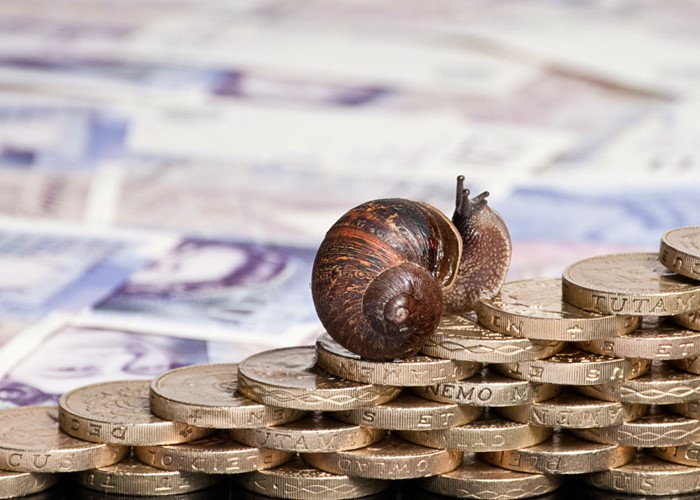
Food and clothing price inflation has pushed the annual Consumer Prices Index measure of inflation up this month.
There was a surprise increase in annual inflation in March, as measured by the Consumer Prices Index (CPI), according to the Office for National Statistics (ONS).
CPI inflation increased to 3.5% from 3.4% in February. Many experts had predicted that this rate of inflation would stay the same.
The main reason for the increase was a rise in food price inflation. This increased as a result of many supermarkets offering discounts on food items in March last year. This year, prices for foods as diverse as breakfast cereals, frozen pizzas, meat pies, strawberries and grapes have risen.
Clothing price inflation has also risen, particularly for men’s jeans, jumper and sweatshirts, women’s formal jackets, long-sleeved tops, cardigans and casual trousers, and children’s school trousers.
The prices of products such as personal computers, laptops, DVDs and games have also increased.
Recent price reductions in gas and electricity bills contributed the largest downward effect on annual inflation.
And fuels and lubricants inflation actually fell slightly, due to diesel prices increasing by an average of 2.6p a litre between February and March this year, compared with a rise of 4.3p this time last year.
That’s despite both diesel and petrol prices hitting record levels during March, in part due to retailers pushing prices up as people went panic buying because of the threat of a strike by fuel tanker drivers.
RPI inflation falls
Meanwhile, the Retail Prices Index measure of inflation fell from 3.7% in February to 3.6% in March.
Again, gas, electricity and oil prices were significant contributors to this fall. But the biggest downward effect came from a decrease in the prices of vehicles and a drop in car insurance premiums.
These motoring costs are not included in the CPI measure of inflation.
The figures mean the Bank of England’s Governor Sir Mervyn King will be writing another letter to the Chancellor. It also means another round of quantitative easing, where the Bank pumps money into the economy, is less likely in the short term.
Figures from financial data provider Moneyfacts show that £10,000 invested in a savings account in 2007, allowing for average interest and tax at 20%, would have the spending power of just £9,204 today.
Do these figures match your experiences of inflation in your daily life? Let us know in the Comments section below.
Ways to combat inflation:
How to save money on food